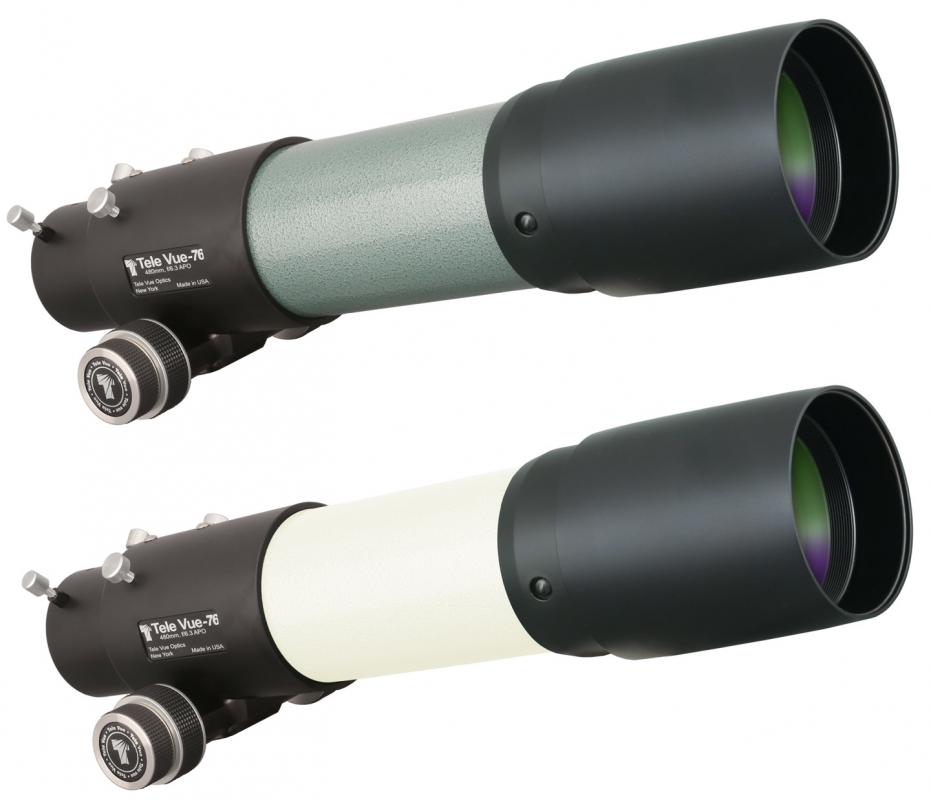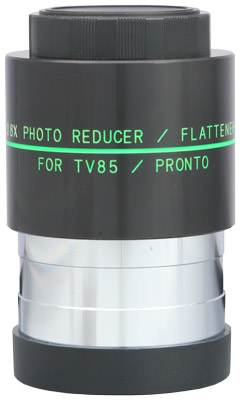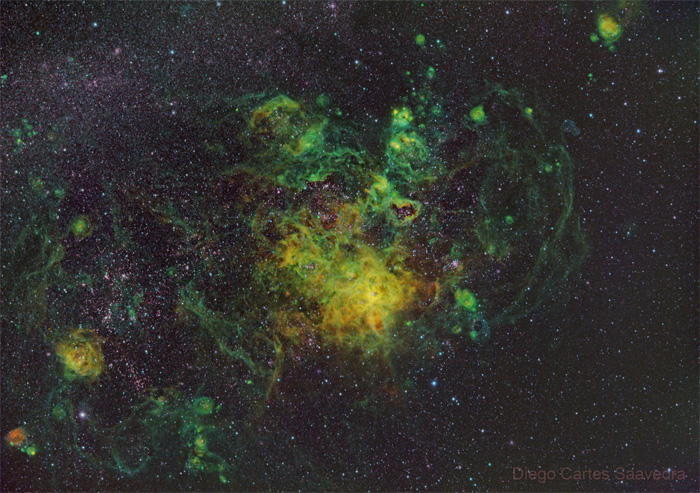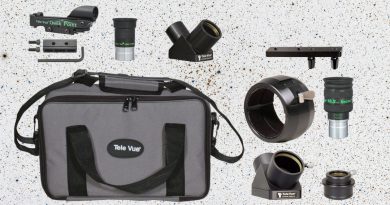The Birds of Ontario
Marc Fitkin’s Instagram wall caught our attention, with its many birding images made with the Tele Vue-76 APO refractor. We contacted him asking to create a gallery of some of those birding images and contribute his thoughts for this blog post.

The “backyard” photos are in Bronte, which is located along the shore of Lake Ontario in Canada. Once a fishing village surrounding Bronte Harbour, it is now part of the Town of Oakville.

About a 3.5-hour drive north of the shore is Algonquin Park — a well-known Ontario bird watching location.

We asked Marc how he got into birding.
the Tele Vue line
was every bit
— if not better —
than most high-end
spotting scopes
I got started in birding around 2002 after over ten years of doing astronomy. I had binoculars and a spotting scope but needed something to cross over into astronomy and birding. The Tele Vue Pronto filled that need and I later upgraded to the Tele Vue-76 because I wanted to do both astronomy and birding with photographic potential. Reviews of the Tele Vue-85 convinced me that despite the extra weight and lack of waterproofing, the Tele Vue line was every bit — if not better — than most high-end spotting scopes and were astronomy capable. That’s why I went in that direction instead of the traditional birding spotting scope.


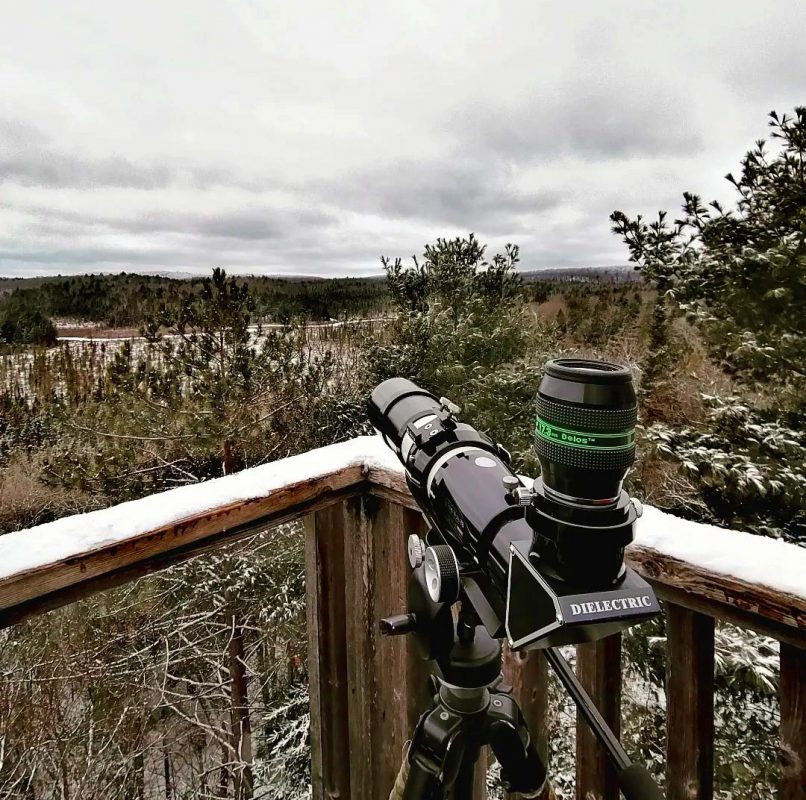
Did you observe, sketch, or image with Tele Vue gear? We’ll like your social media post on that if you tag it #televue and the gear used. Example:
#televue #tv76 #delos #housefinch
Do you want your Tele Vue images re-posted on Tele Vue Optics’ Social Media accounts? Use this hashtag for consideration:
More Info
- Marc Fitkin’s Instagram wall showcases birding and astronomy images with Tele Vue scopes.
- Tele Vue-76 webpage (mobile site)
- TRF-2008 0.8x Reducer/Flattener works with any 400-600mm doublet to create a better scope for imaging (mobile site).
- Read more on birding and nature viewing with Tele Vue telescopes on our BirdScope website.


